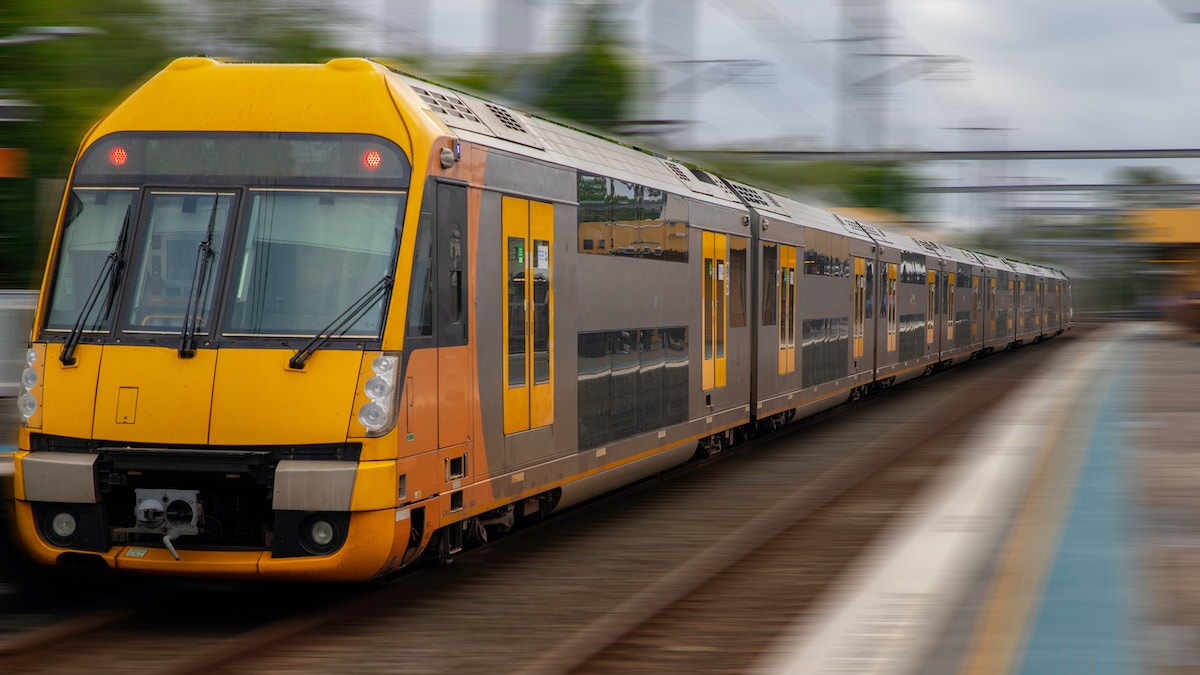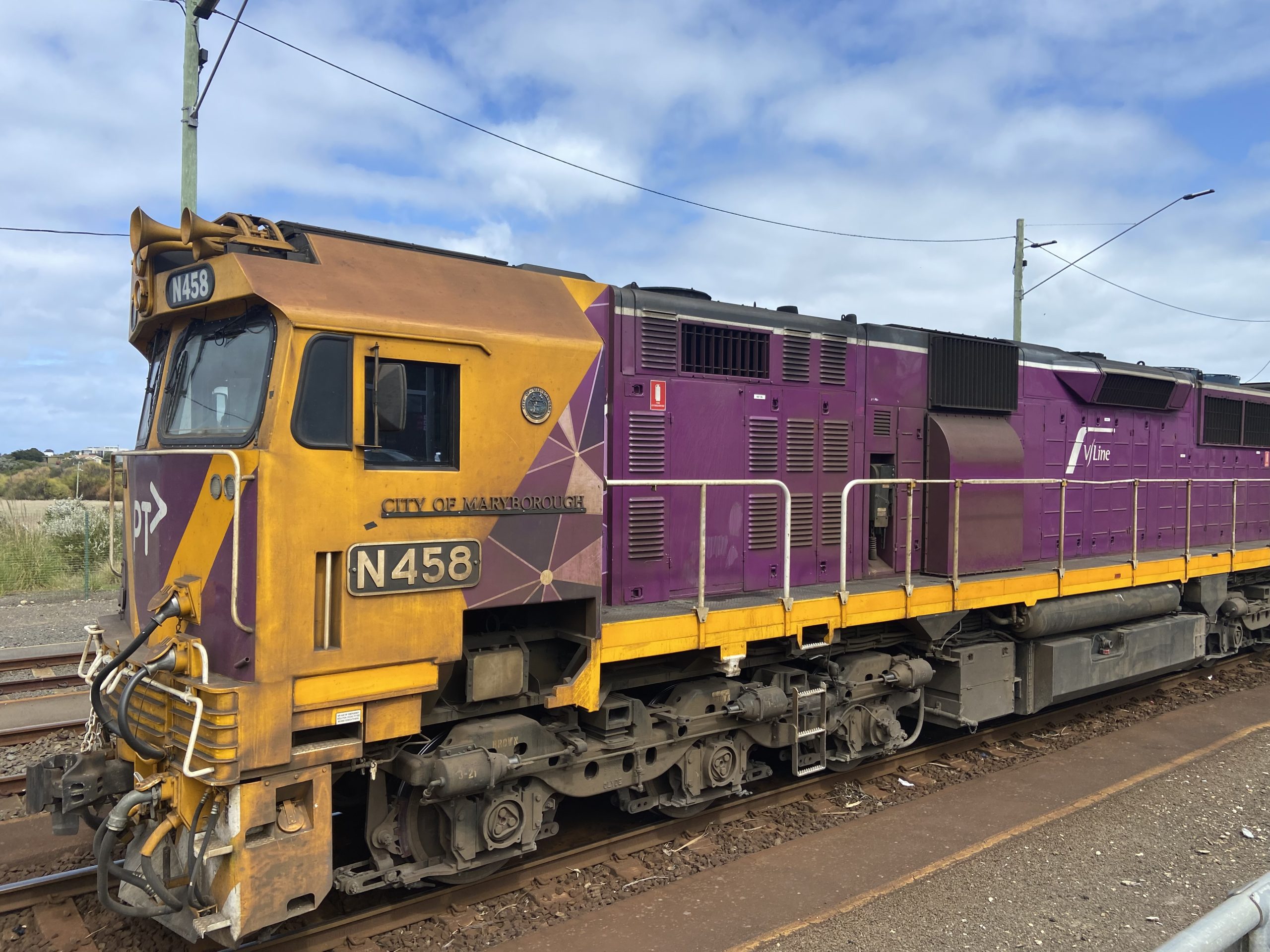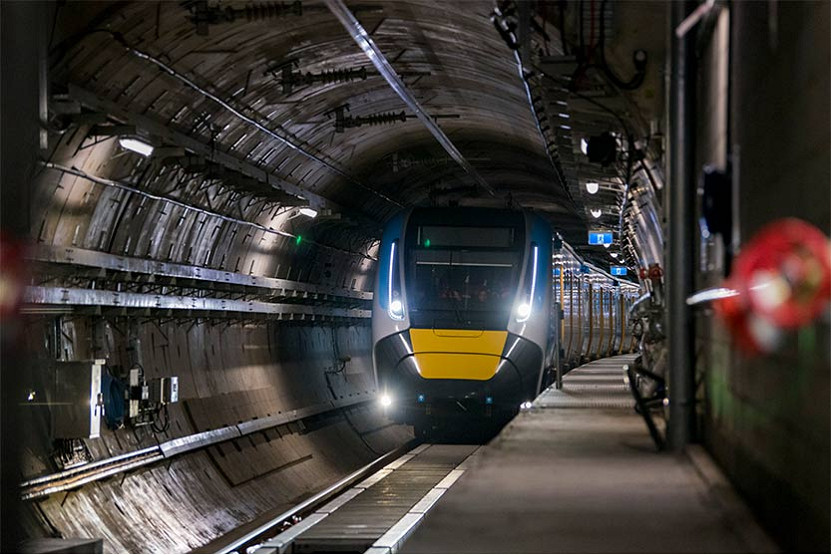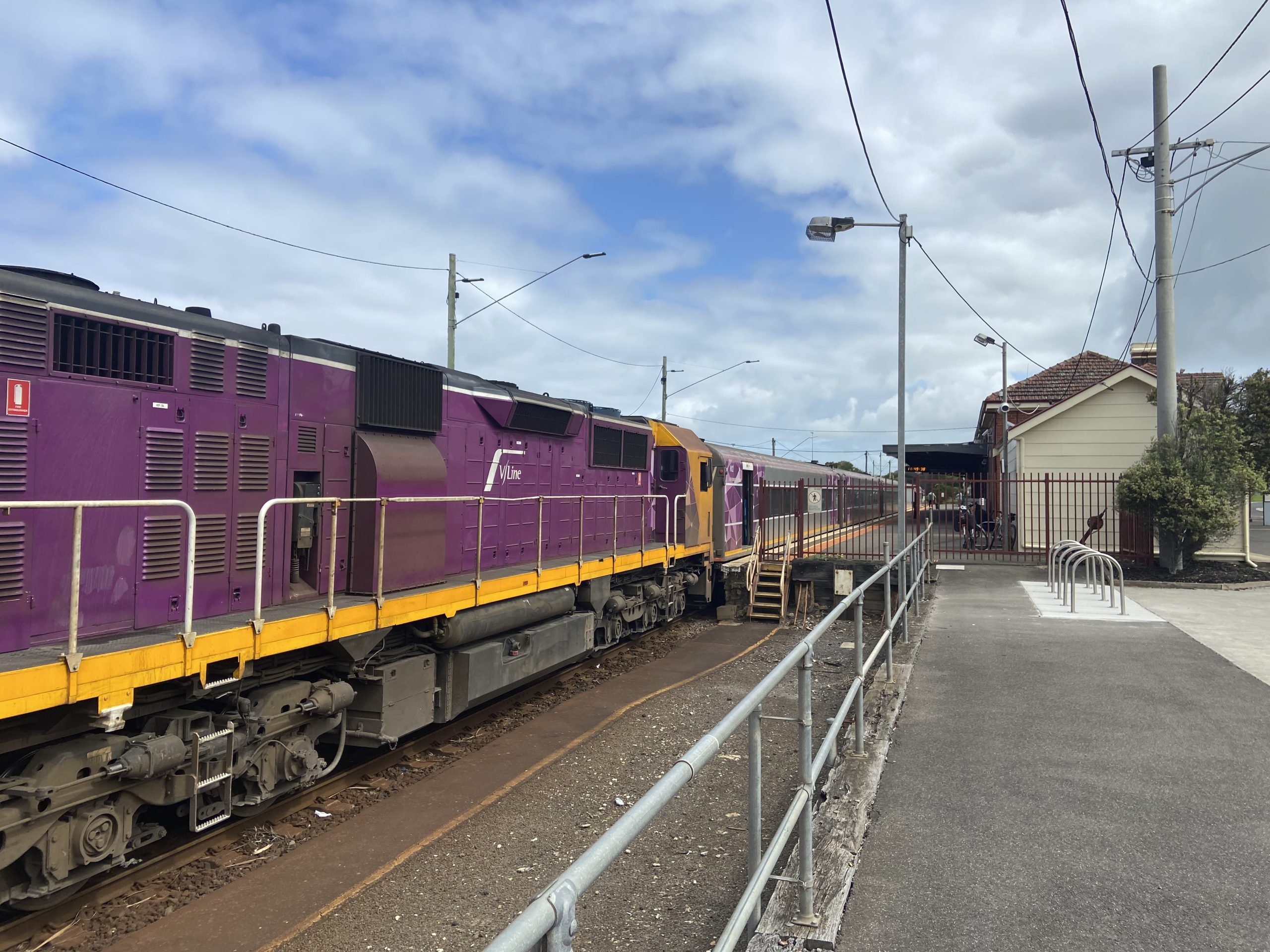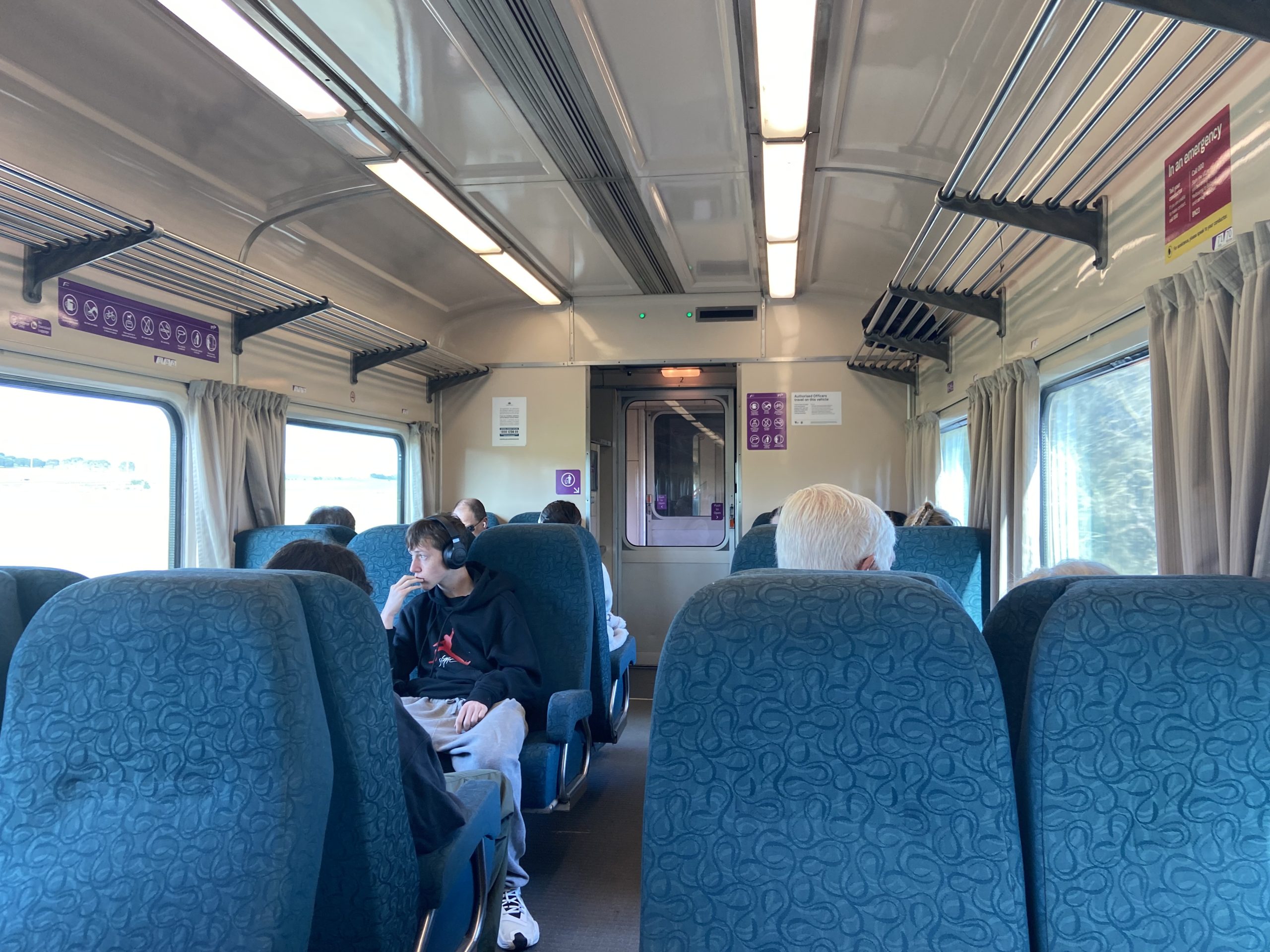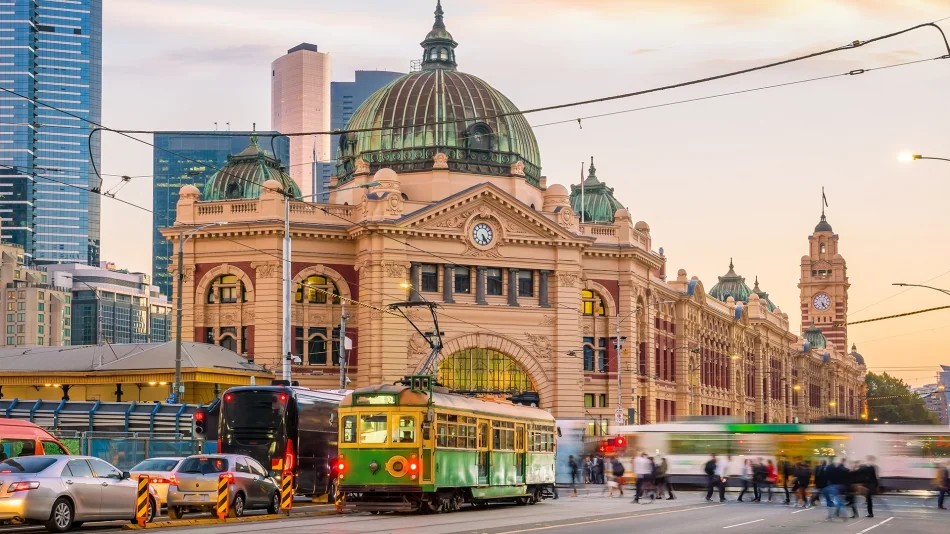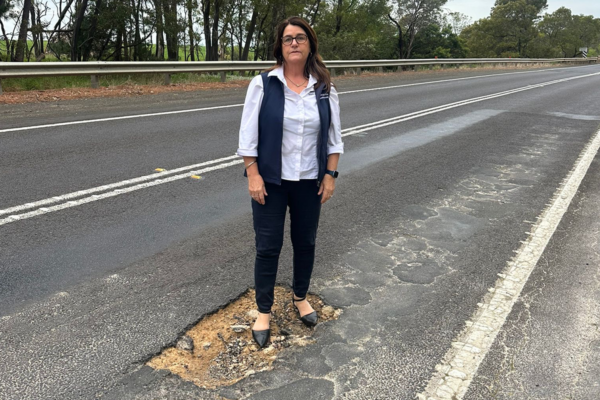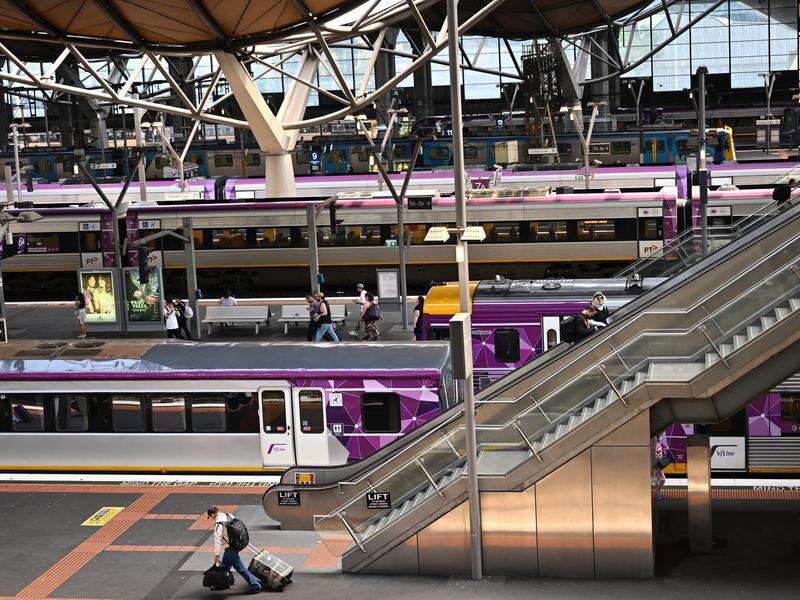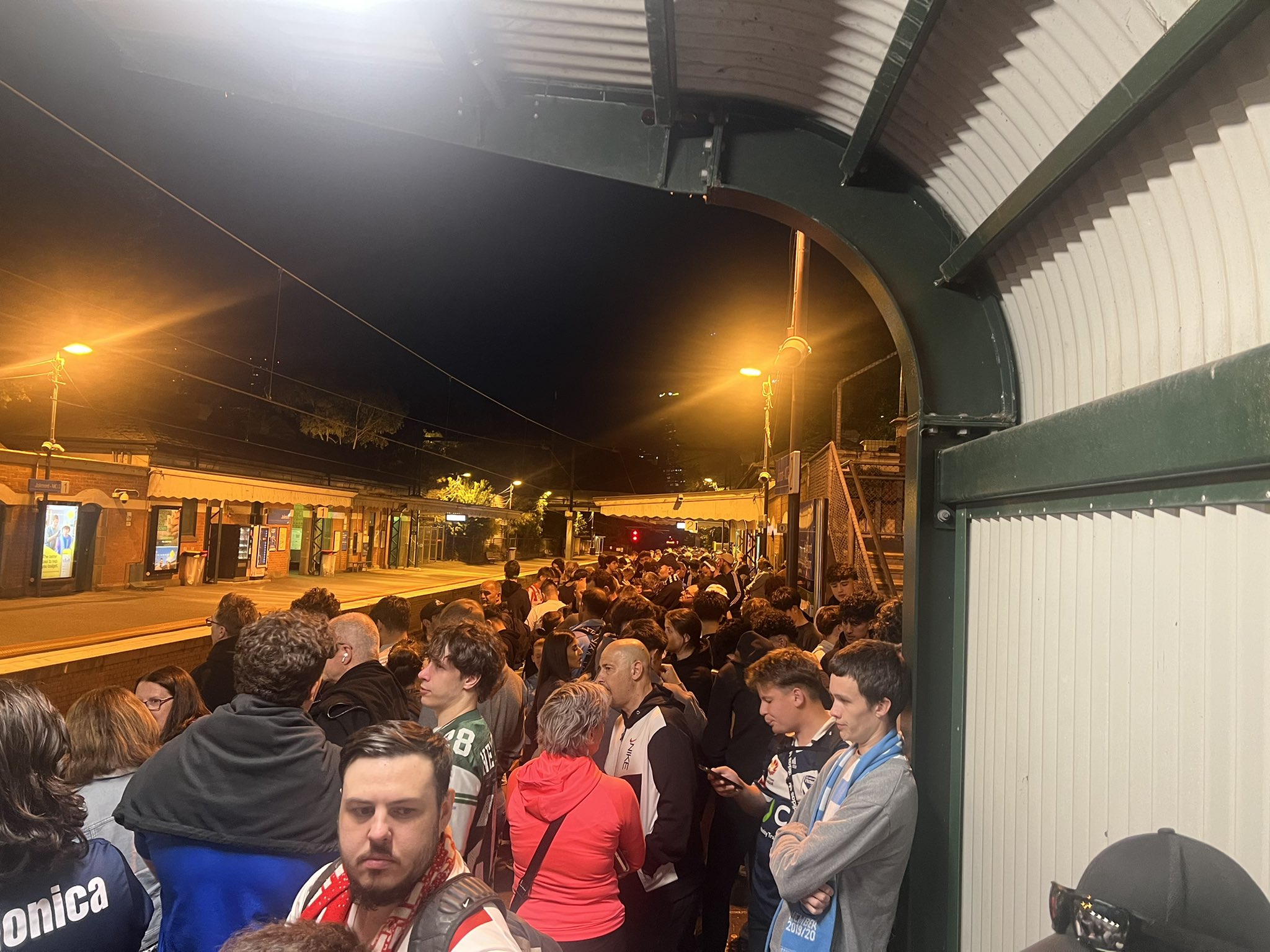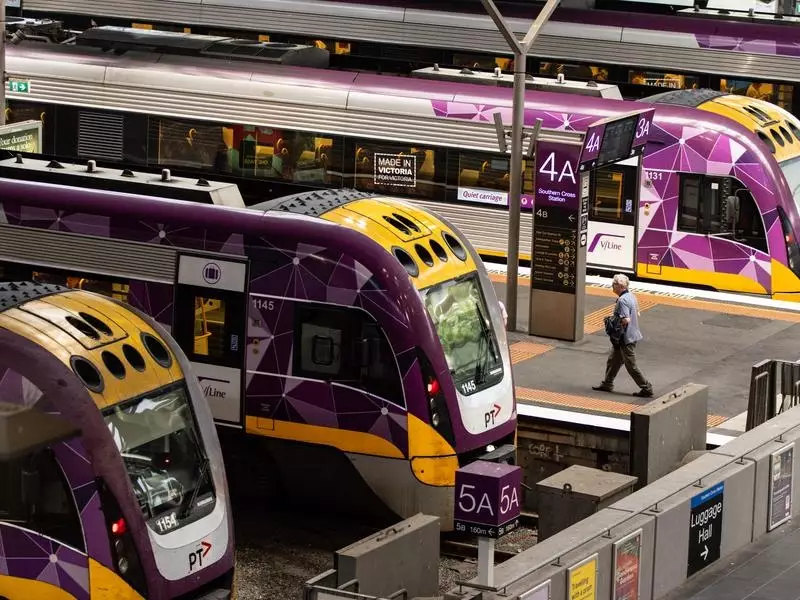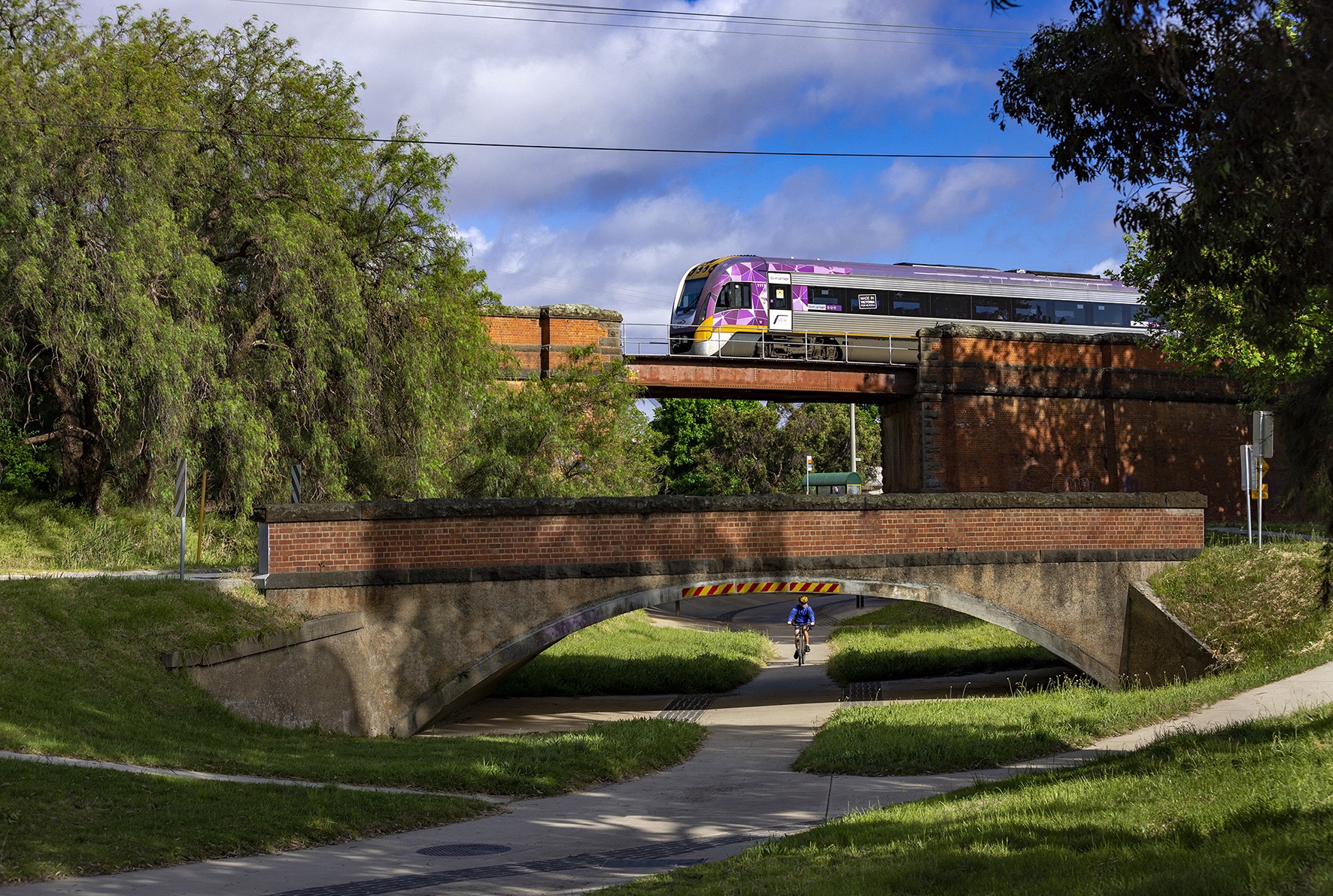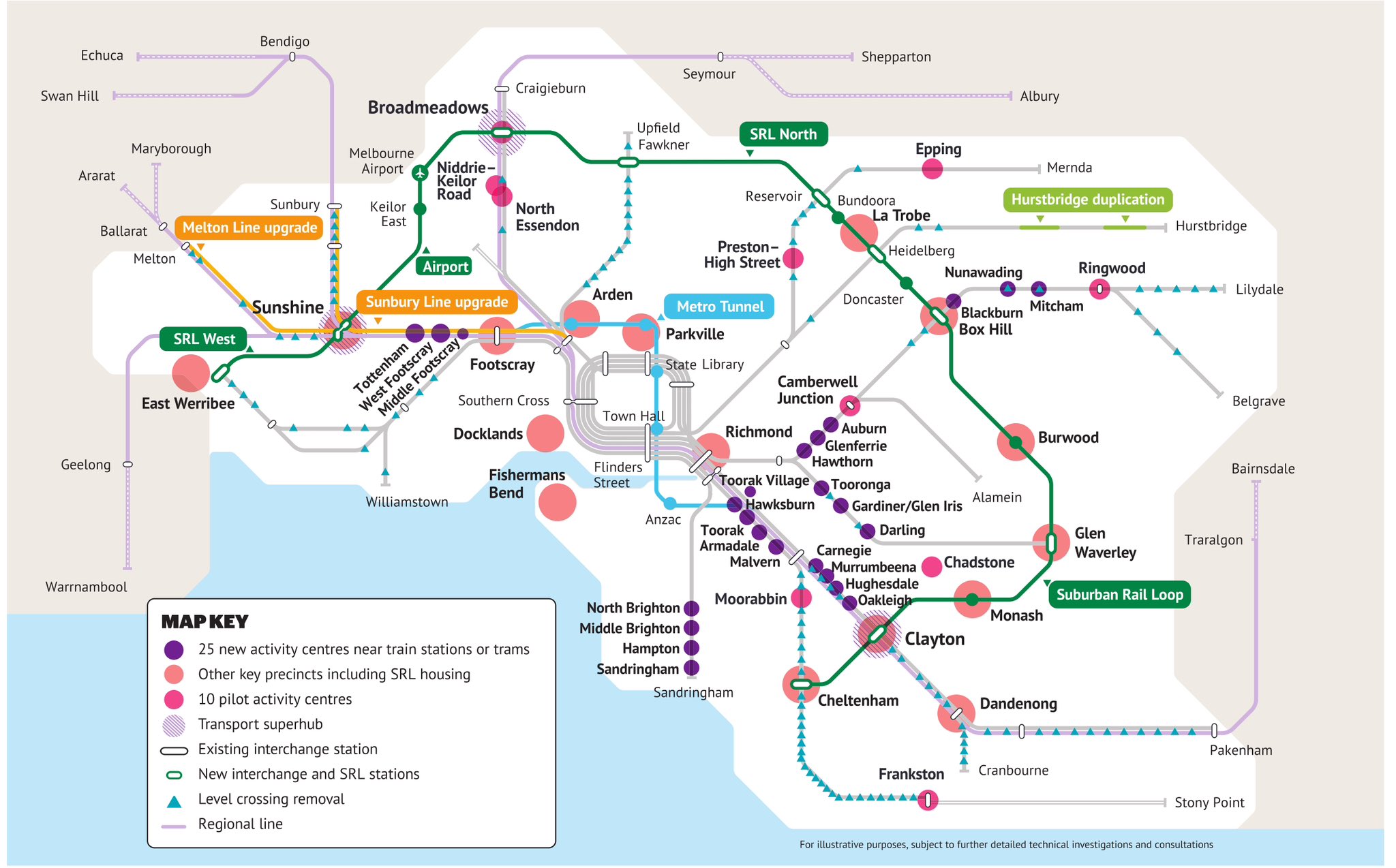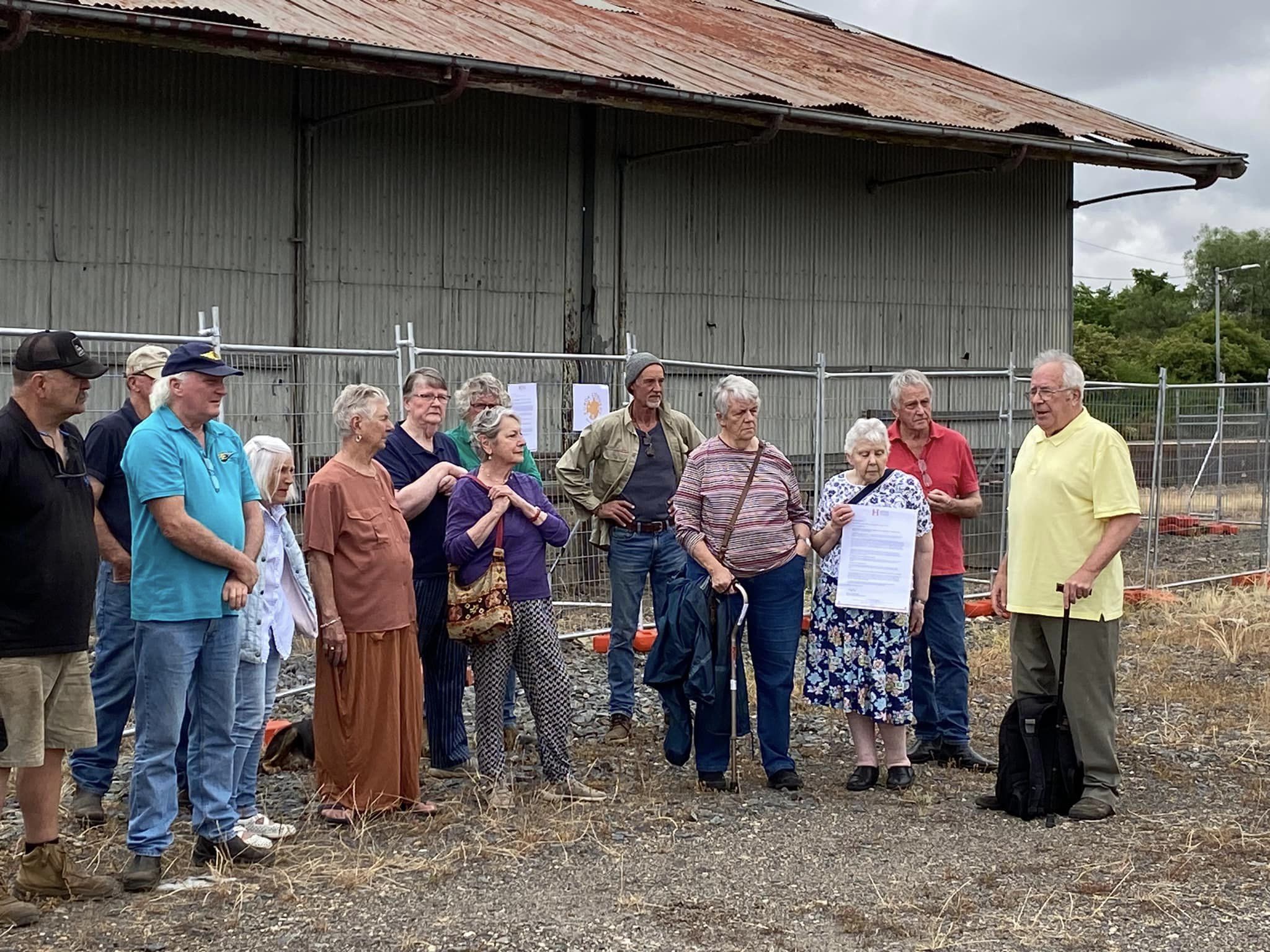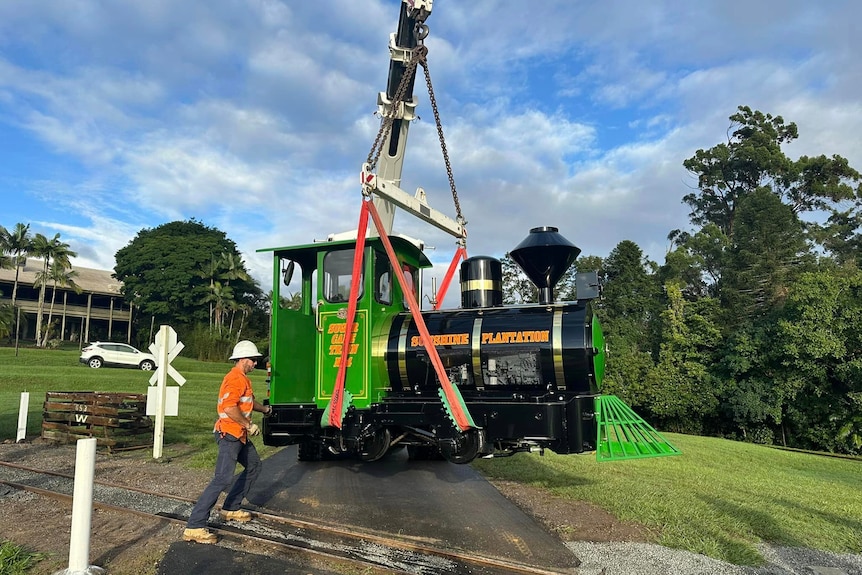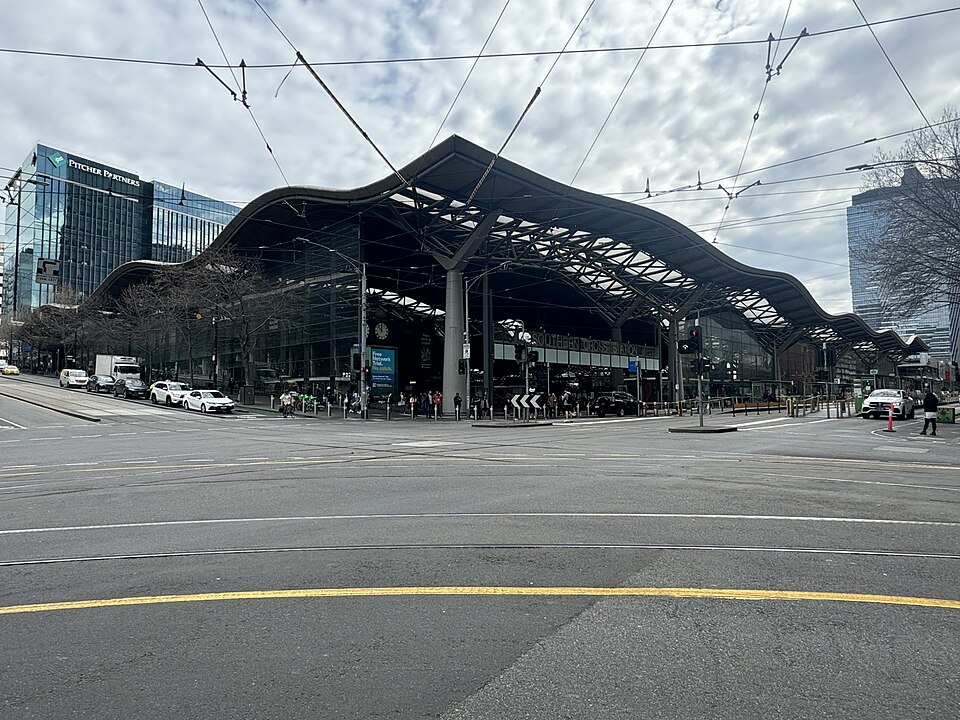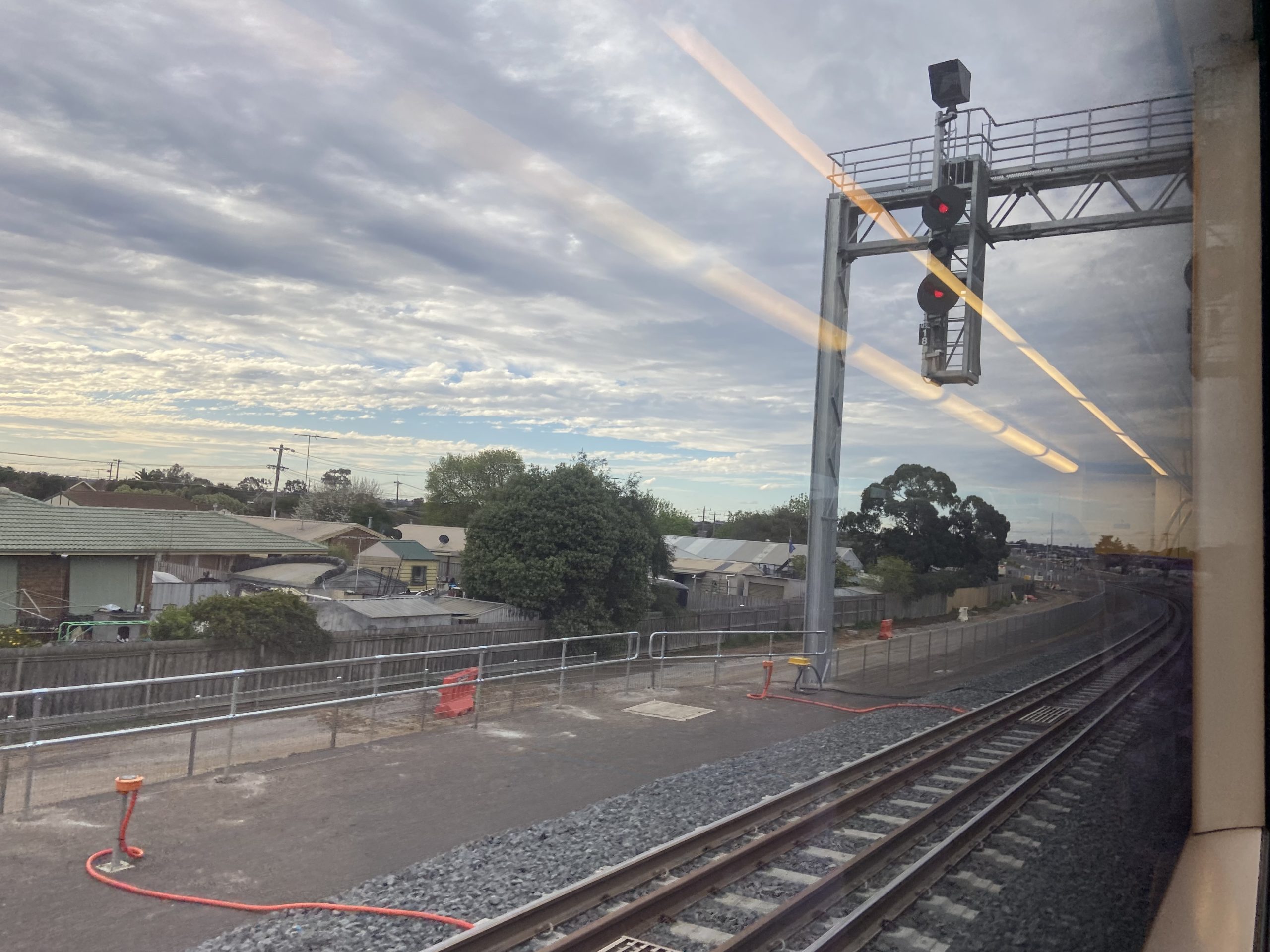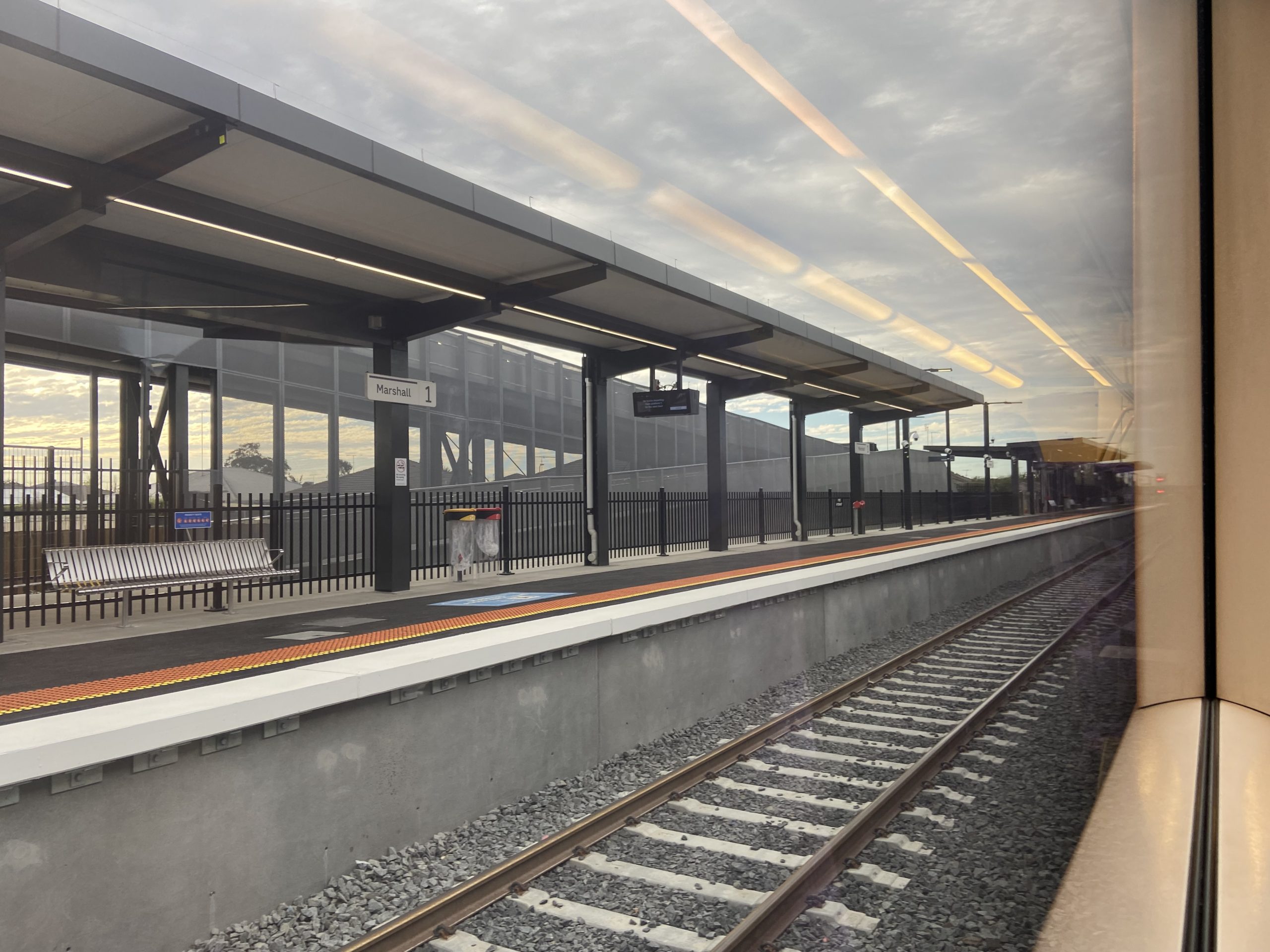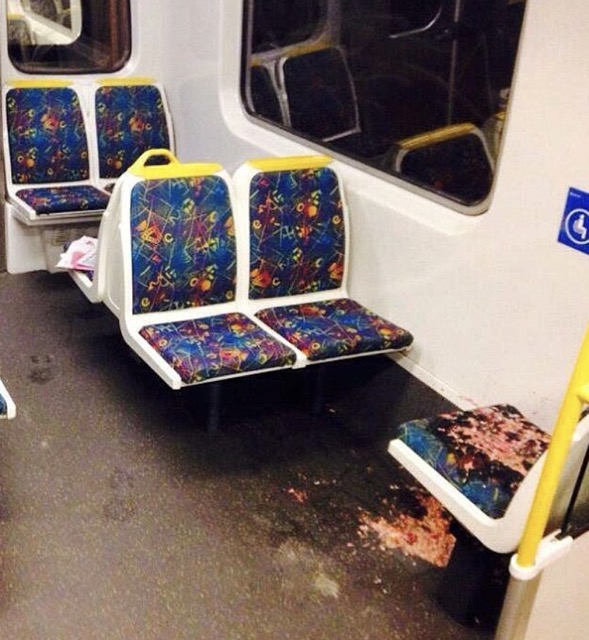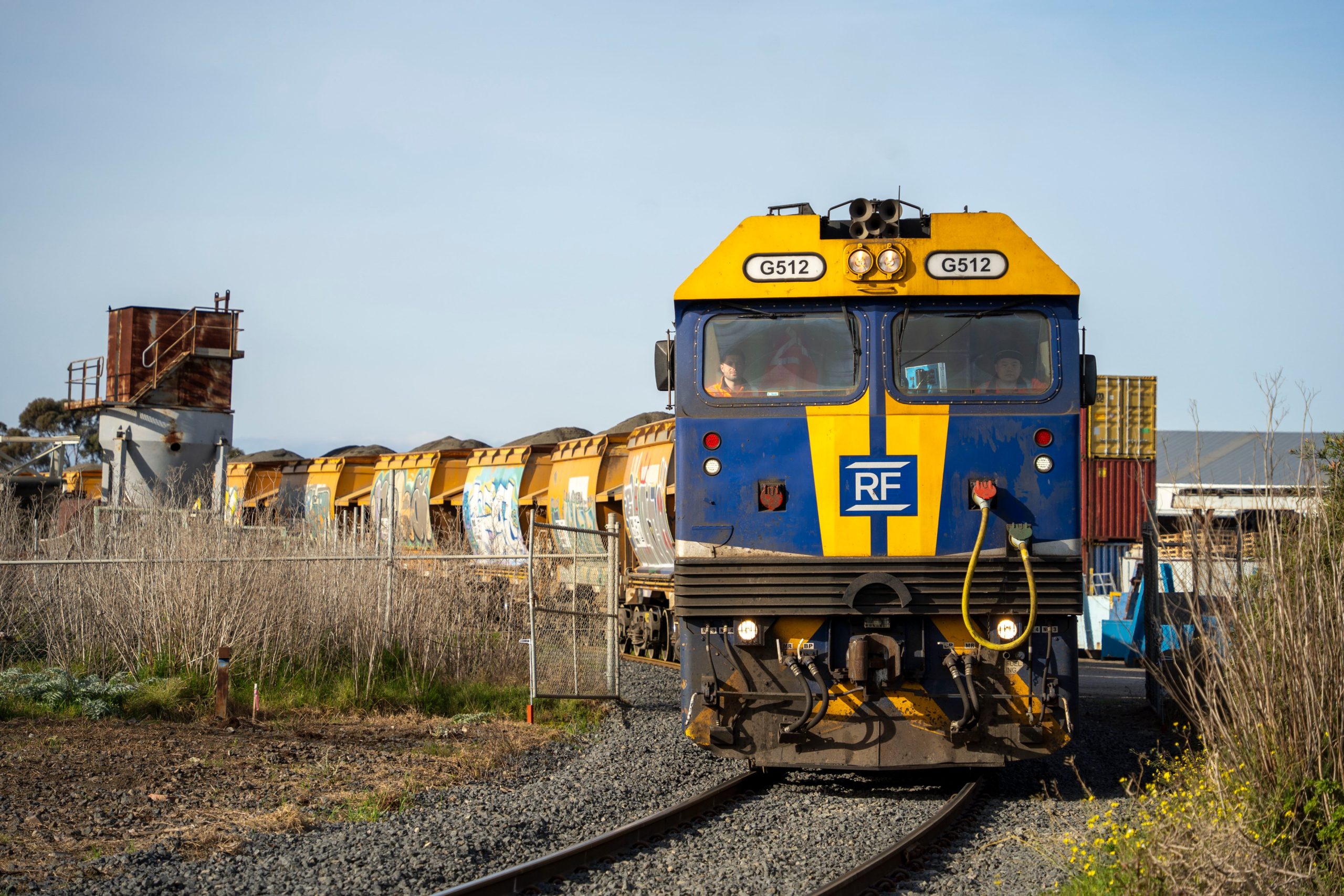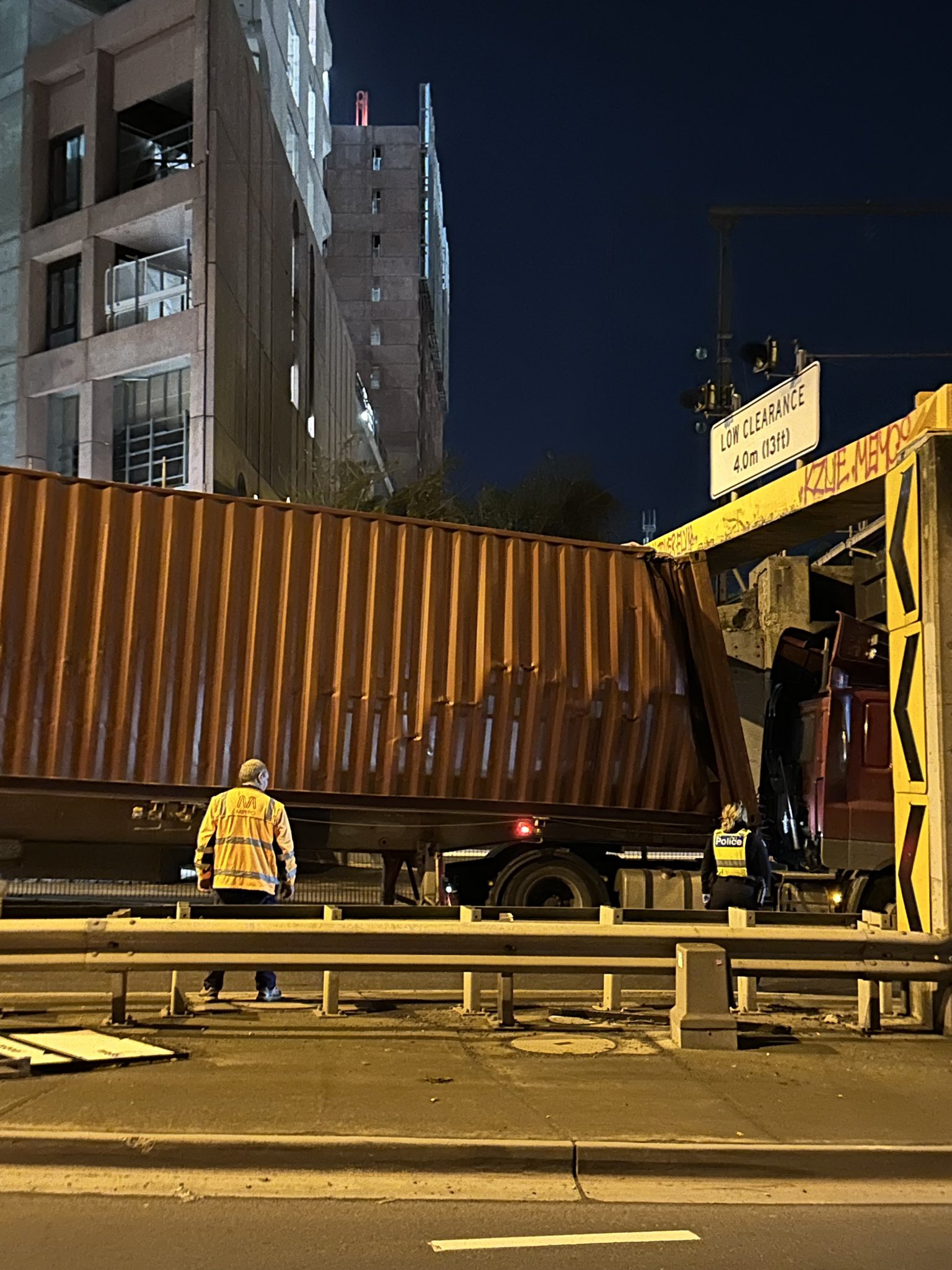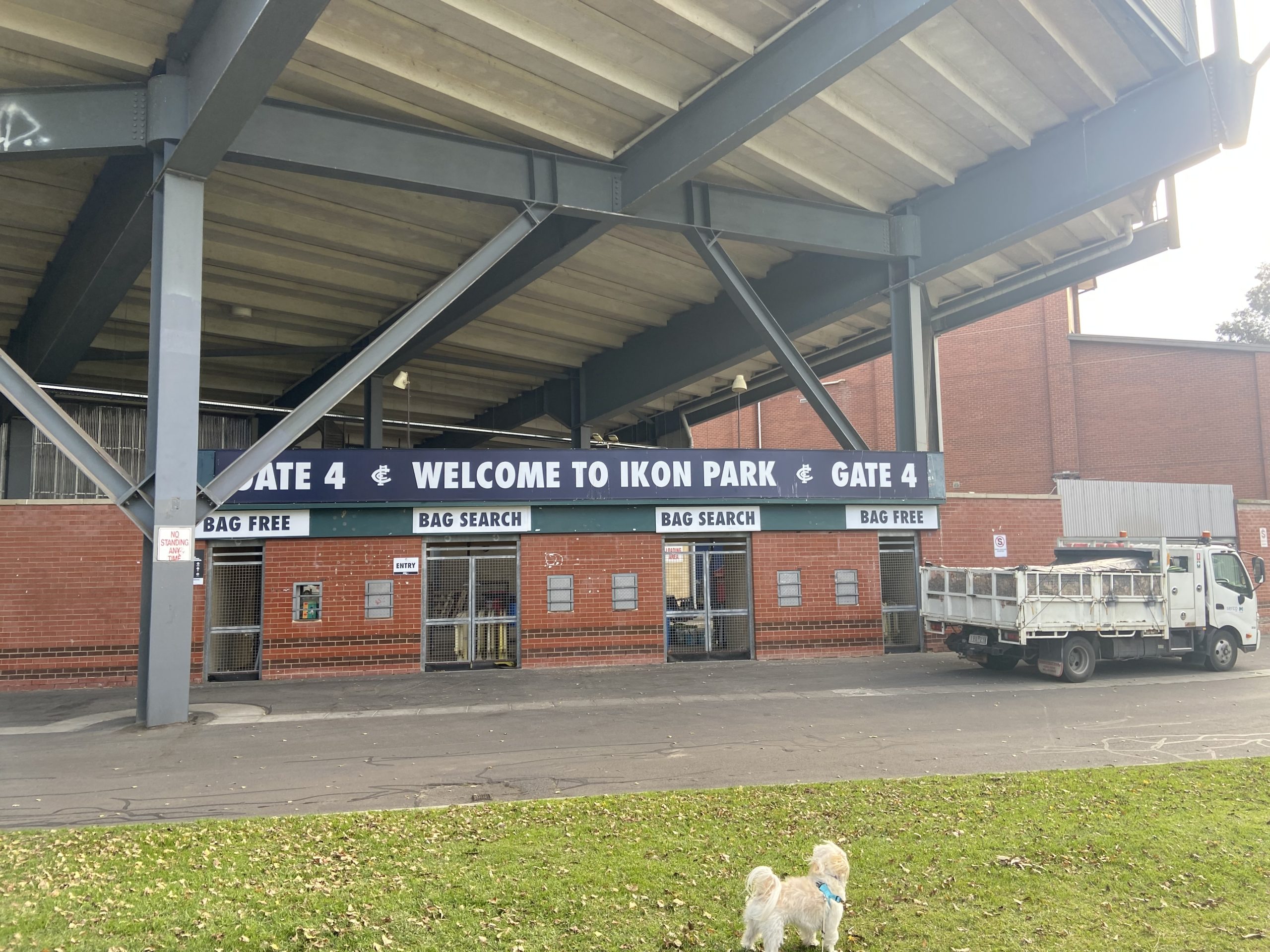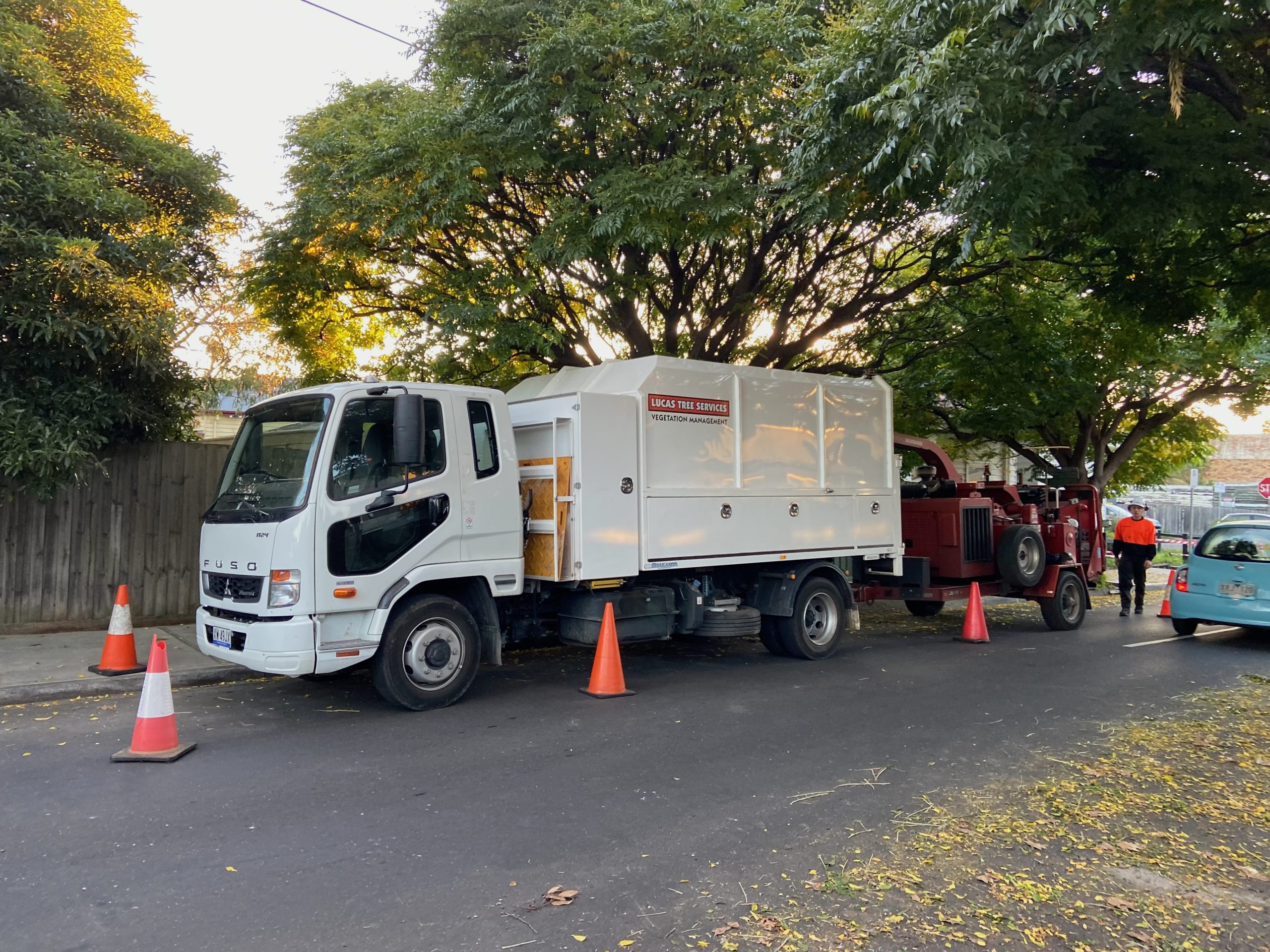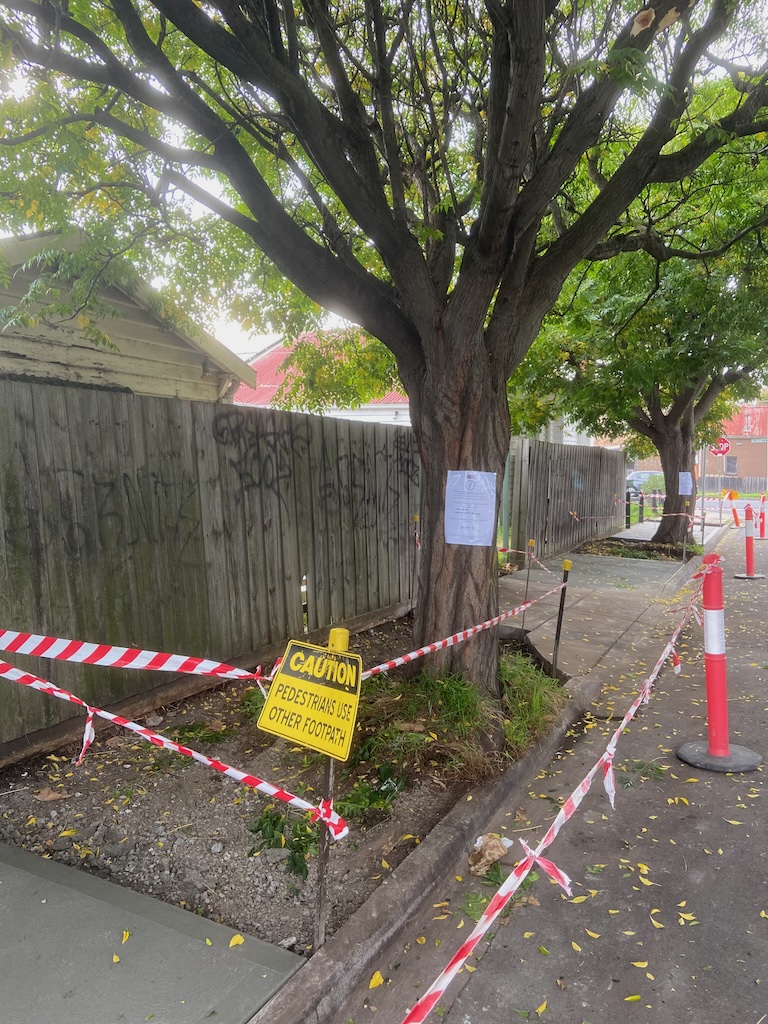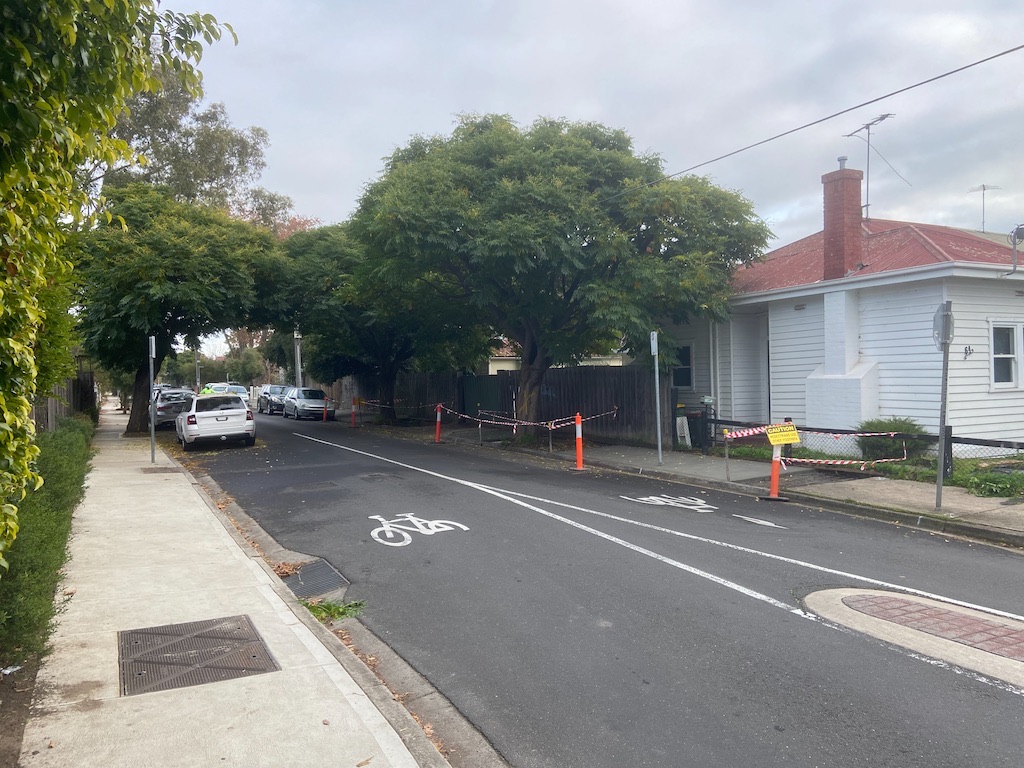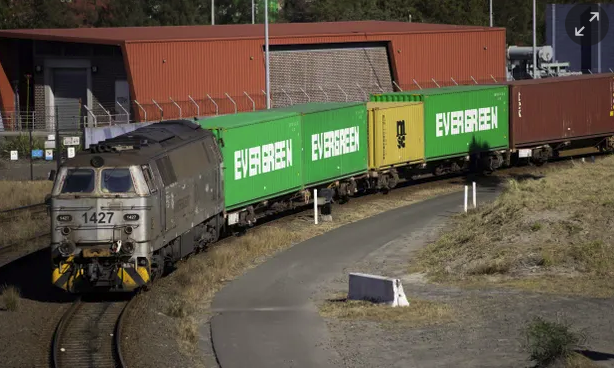Regional public transport is where money can do the most good in the shortest time. So why is the government giving the regions’ funding to the main centres?
I used to think of public transport mainly as a way to reduce our environmental impact. It was only when I started my mission to take one bus a week in New Plymouth that I realised the crucial role public transport plays in lifting up those struggling most. And how when it’s not there, opportunities dramatically reduce.
On our buses I’ve had several conversations that have nearly brought me to tears. There was the 63-year-old man learning to read and write for the first time. One passenger told me she can’t take most of the cleaning shifts she’s offered because there’s no evening or weekend buses. A man said he’s finally attending polytech after five years unemployed.
New Plymouth’s less-than-hourly, largely Monday-to-Friday, finishes-around-6pm service is not unusual for the regions. After the massive reforms of the late 80s and early 90s, public transport funding fell far more in regions than main centres, and has mostly stayed low. Recently, areas like Otago, Horizons and Nelson-Tasman have expanded some services, with great results. Alongside efforts to reduce transport emissions, most thought regional public transport investment was on the up.


